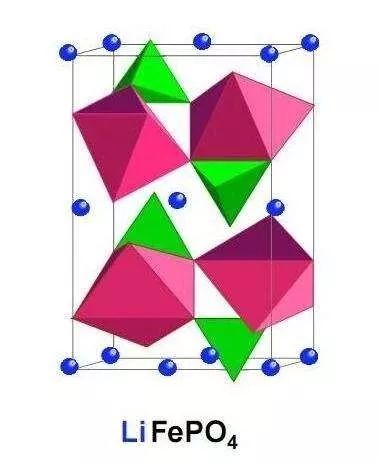Here are some ways to improve the tap density of lithium iron phosphate.

At present, there are many methods for preparing LiFePO4, and different preparation methods have great influence on the tap density of LiFePO4. Irregular powder particles cannot be tightly packed. If the synthesized LiFePO4 powder particles have irregular morphology, the tap density of the product will be very low. Generally speaking, powders composed of regular spherical particles have a higher tap density because they do not have agglomeration and particle bridging. The method to obtain regular spherical particles is as follows:
A. Synthesis of spherical LiFePO4 particles with high-density spherical FePO4 precursor
The preparation of high-density spherical precursors is one of the effective ways to obtain high-density spherical products. The high-density spherical FePO4 precursor is first synthesized, and then mixed with other raw materials uniformly. Through high temperature reaction, lithium can penetrate into the center of the precursor uniformly and synchronously in all directions through the micropores on the surface of the spherical precursor particles, maintaining the spherical shape. In this method, the spherical precursor can eliminate the microscopic composition difference caused by different diffusion pathways during the reaction process, and generate LiFePO4 with uniform composition, thereby improving the performance of the material.
B. Preparation of spherical LiFePO4 particles by spray drying
The spray drying (pyrolysis) method is to mix the metal salts into a precursor solution according to the stoichiometric ratio required for the preparation of composite powder. In the reaction furnace, a series of processes such as solvent evaporation, solute precipitation to form solid particles, particle drying, particle thermal decomposition and sintering molding are instantaneously completed, and finally regular spherical powder particles are formed.
C. Preparation of spherical LiFePO4 particles by molten salt method
The molten salt method usually uses one or several low-melting salts as the reaction medium. During the synthesis process, a liquid phase will appear in which the reactants have a certain solubility, which greatly accelerates the diffusion rate of the reactant ions and makes the reactants in Atomic-scale mixing is achieved in the liquid phase, and the reaction is transformed from a solid-solid reaction to a solid-liquid reaction. After the reaction, the salts are dissolved in a suitable solvent, and the synthesized product can be obtained after filtering and washing.
2. Particle size distribution
There is a close relationship between the tap density of LiFePO4 and the particle size. If the powder composed of spherical particles has an ideal particle size distribution, so that the small particles can fill the gaps between the large particles as much as possible, the tap density can be further improved, which is beneficial to improve the volume specific capacity of the battery. Studies have shown that nano-scale LiFePO4 generally has a lower tap density, while micro-scale LiFePO4 has a higher tap density.
Porous materials can achieve high tap densities: products with larger particles generally have higher tap densities, but also lead to longer diffusion paths for lithium ions in solid materials and poorer electrochemical performance of the material. The study found that porous LiFePO4 has interconnected three-dimensional pore channels, and the distance between the pores is nanoscale, and the interconnected three-dimensional channels between the pores shorten the lithium ion deintercalation distance; and the unique microstructure of porous materials , make the material have a larger specific surface area, make the material fully contact with the electrolyte, increase the diffusion area of lithium ions, improve the migration rate of lithium ions, and help solve the poor electrochemical performance caused by the small diffusion coefficient of LiFePO4 The problem. Since the particles with large size and good morphology are obtained when the porous material is prepared, the porous material can also have good electrochemical performance while ensuring a high tap density of the material.
3. Carbon coating
Studies have shown that carbon coating can enhance the electrical conductivity between LiFePO4 particles, and its electrochemical performance can be significantly improved. But excess carbon will seriously reduce the tap density of LiFePO4. Selecting a suitable carbon source and improving the preparation process can make the carbon coating more uniform, thereby increasing the tap density of the material.
4. Metal ion doping
Metal ion doping is to dope metal ions in LiFePO4 to change its lattice structure, thereby improving its own conductivity. In recent years, some studies have shown that doping specific types of metal ions can increase the tap density of the material, thereby increasing the volume specific capacity of LiFePO4.
At present, some progress has been made in improving the tap density of LiFePO4, but there are still some problems. The morphology and particle size control process of LiFePO4 is usually complicated, and it is difficult to stably prepare materials with specific morphology and particle size distribution in large quantities. And different preparation processes and different raw materials also have a great influence on the tap density of LiFePO4, so it is necessary to continue to explore simple, low-cost preparation methods that can control the morphology and particle size distribution of LiFePO4 materials.

